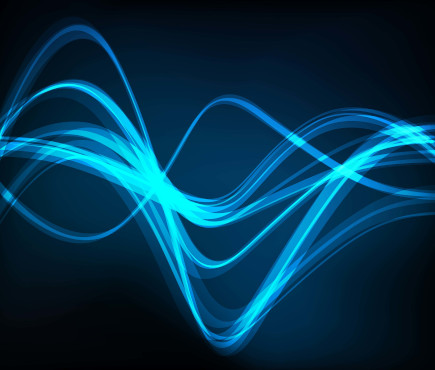Get all the relevant information from your spectral data
Are you wondering about your spectra?
- Which spectrometer is best suited to my problem?
- How can I optimize my spectral measurement?
- Which Machine Learning method will provide the most precise, robust and interpretable results?
- How to validate my model? how to interpret it?
- What is the best combination of preprocessing?
- Which inter-instrument transfer method to choose?
- How many samples are needed for robust calibration?
- What sampling and what ideal sample presentation?
- Which model to choose for authentication ?
- Which model should be chosen to ensure compliance with a standard?
When we think of “spectroscopic data”, various questions arise about the choice of equipment, how to optimize the sampling and presentation of the sample, the preprocessing of spectra, the optimization and validation of calibration models…
Spectral data analysis is at the heart of Ondalys’ profession. We carry out feasibility studies to help you find the best configuration for your problem.
Member of the spectroscopy associations, HelioSPIR (Scientific Network of Near Infrared Spectroscopy) and GFSV (French Group of Vibrational Spectroscopy), Ondalys has in-depth knowledge of all spectroscopy equipment on the market.
Vous souhaitez :

Interpret
your spectroscopic data

Develop
accurate and robust spectroscopic calibrations

Transfer
your calibrations and your databases efficiently

Spectroscopy
The different vibrational spectroscopy techniques (Near Infrared Spectroscopy – NIR, Mid Infrared – IRTF / MIR -, Raman,…), but also UV, LIBS or Fluorescence spectroscopy, are optical techniques which allow to perform non-destructive and very rapid measurements of solid or liquid products (agricultural, food, chemical, biological, pharmaceutical, cosmetic, etc.).
However, in order to make these optical measurements useful, it is necessary to build correlation models between the spectra (called “secondary measurements”) and the parameters of interest (“reference measurement”): spectroscopic calibrations, which have to be precise and robust with regard to possible disturbances.
Chemometrics and Machine Learning adapted to spectroscopic data are powerful and essential tools for modeling spectroscopic data, at the heart of Ondalys’ profession.
For near and mid infrared spectroscopy, Beer-Lambert’s law states that there is a multilinear link between the concentrations of chemical compounds and the molecular absorptions at the various wavelengths of the spectrum. In Raman spectroscopy, the shifts, heights and widths of peaks also show linear relationships with some properties.
These laws are actually applicable under very precise and restricted conditions. In practice, developing precise, robust and validated calibrations is not so simple …

The parameters to predict can be more complex:
- when the physical nature of the sample varies (example: change in particle size or turbidity)
- when the measurement conditions disturb the signal (example: temperature variations, change in the optical measurement chain during maintenance or a scale-up)
- if these compounds are in the minority, close to the spectroscopic detection thresholds (example: amino acids instead of average protein level)
- if they are physical properties (particle size, density, viscosity)
- if these are complex characteristics (example: sensory descriptors, resistance to diseases)
- in the case of discrimination / classification (authentication of origins, diagnosis of counterfeits)
Software implementation
We develop your calibrations with all the Chemometrics software on the market (Unscrambler®, SOLO® or PLS_Toolbox® in the MATLAB® environment, SIMCA®, etc.), as well as those provided by spectroscopy equipment manufacturers (OPUS, WinISI, NIRCal, TQ Analyst, etc…), but also free software (R, Python…).
Our expertise for the analysis of your spectral data
With more than 15 years of experience in data analysis (Chemometrics and Machine Learning), in particular applied to measurements from spectrometers, the experts of our teams support you at each stage of your projects.
They talk about us
«Ondalys, to validate the way we analyze data.»






 Ondalys enables our Bruker customers to deepen their understanding of their processes and optimize their quality expectations. Ondalys does not hesitate to share its knowledge and skills in the analysis of spectral data. So it is always with pleasure and serenity that I recommend the friendly team Ondalys to Bruker customers.
Ondalys enables our Bruker customers to deepen their understanding of their processes and optimize their quality expectations. Ondalys does not hesitate to share its knowledge and skills in the analysis of spectral data. So it is always with pleasure and serenity that I recommend the friendly team Ondalys to Bruker customers.

